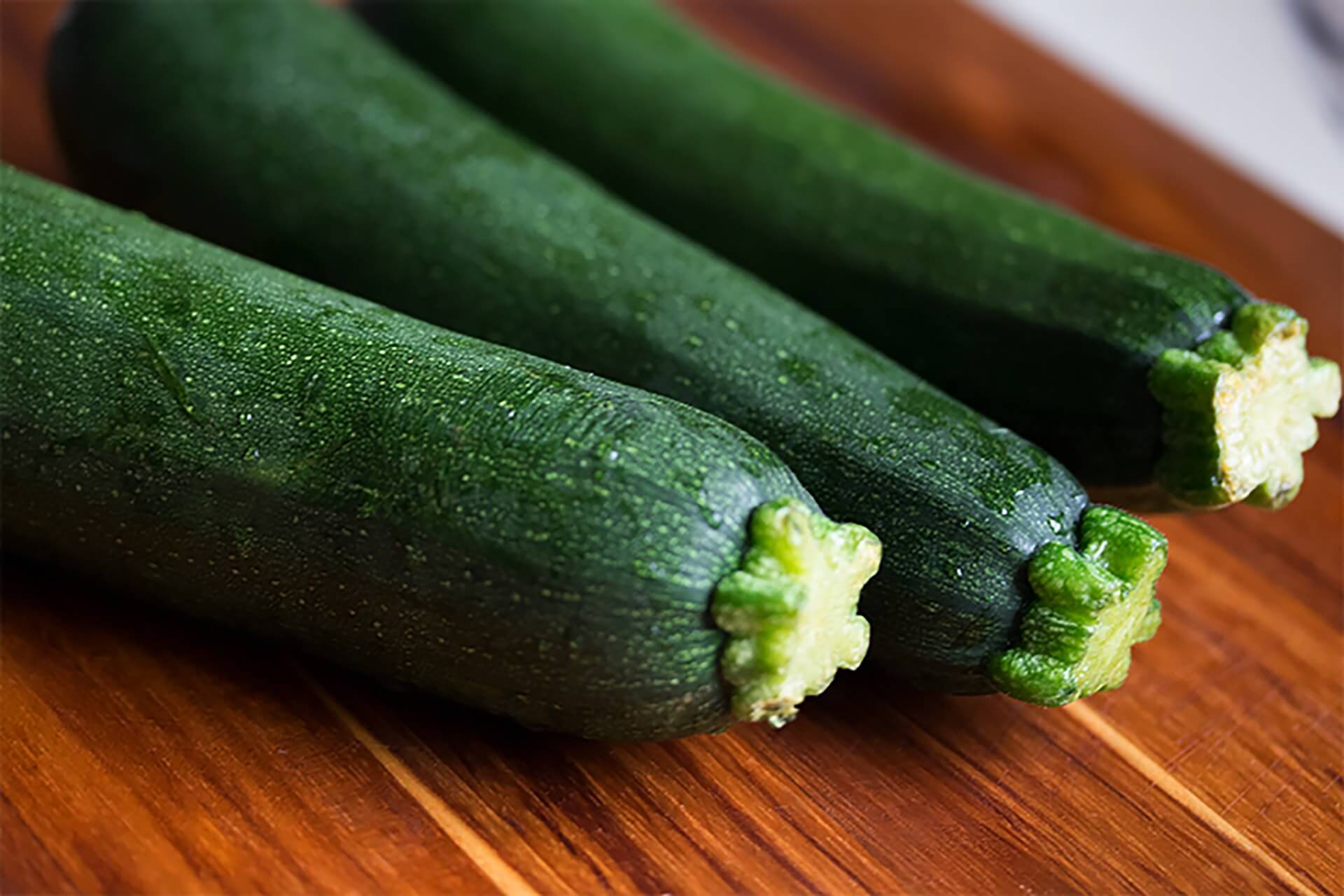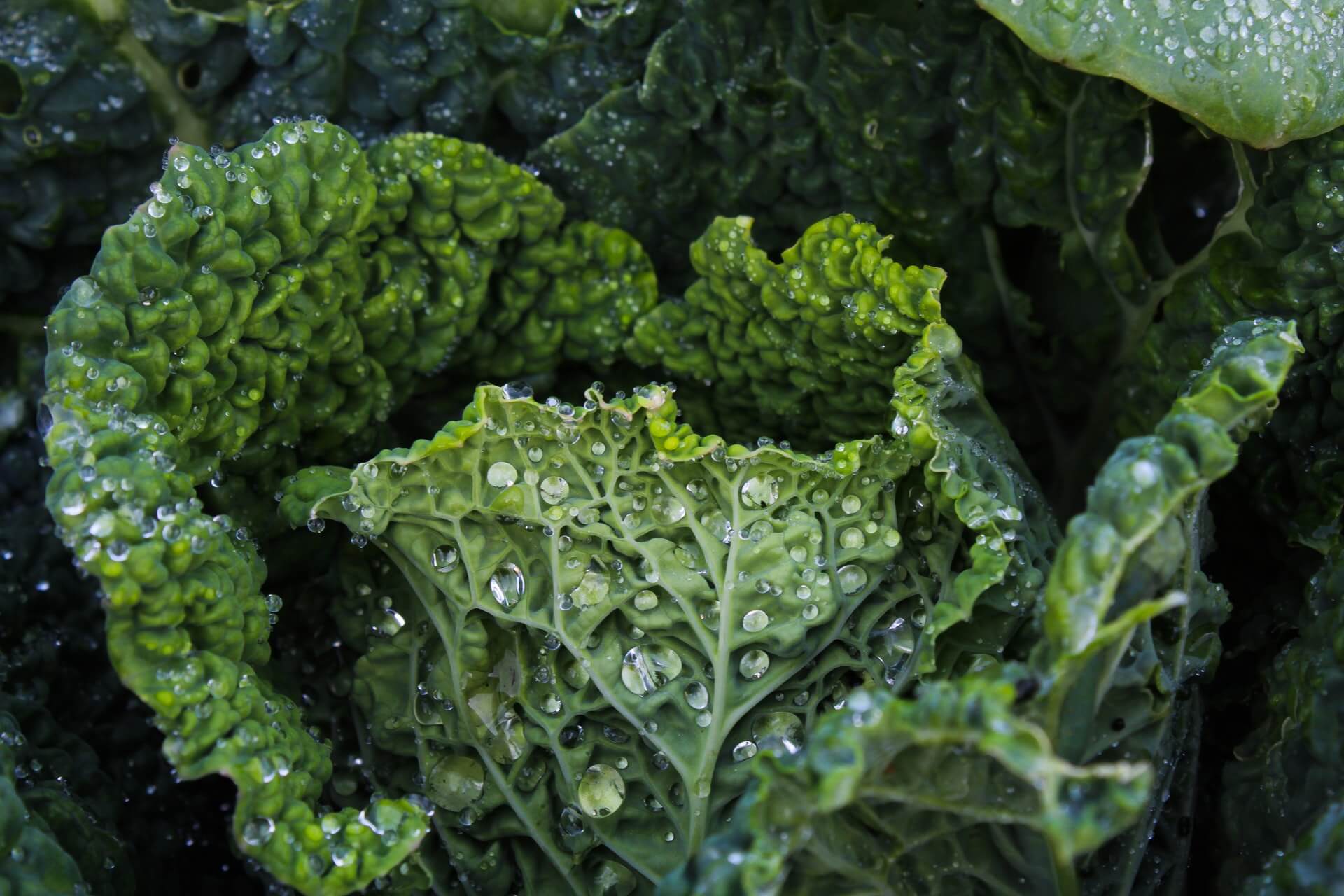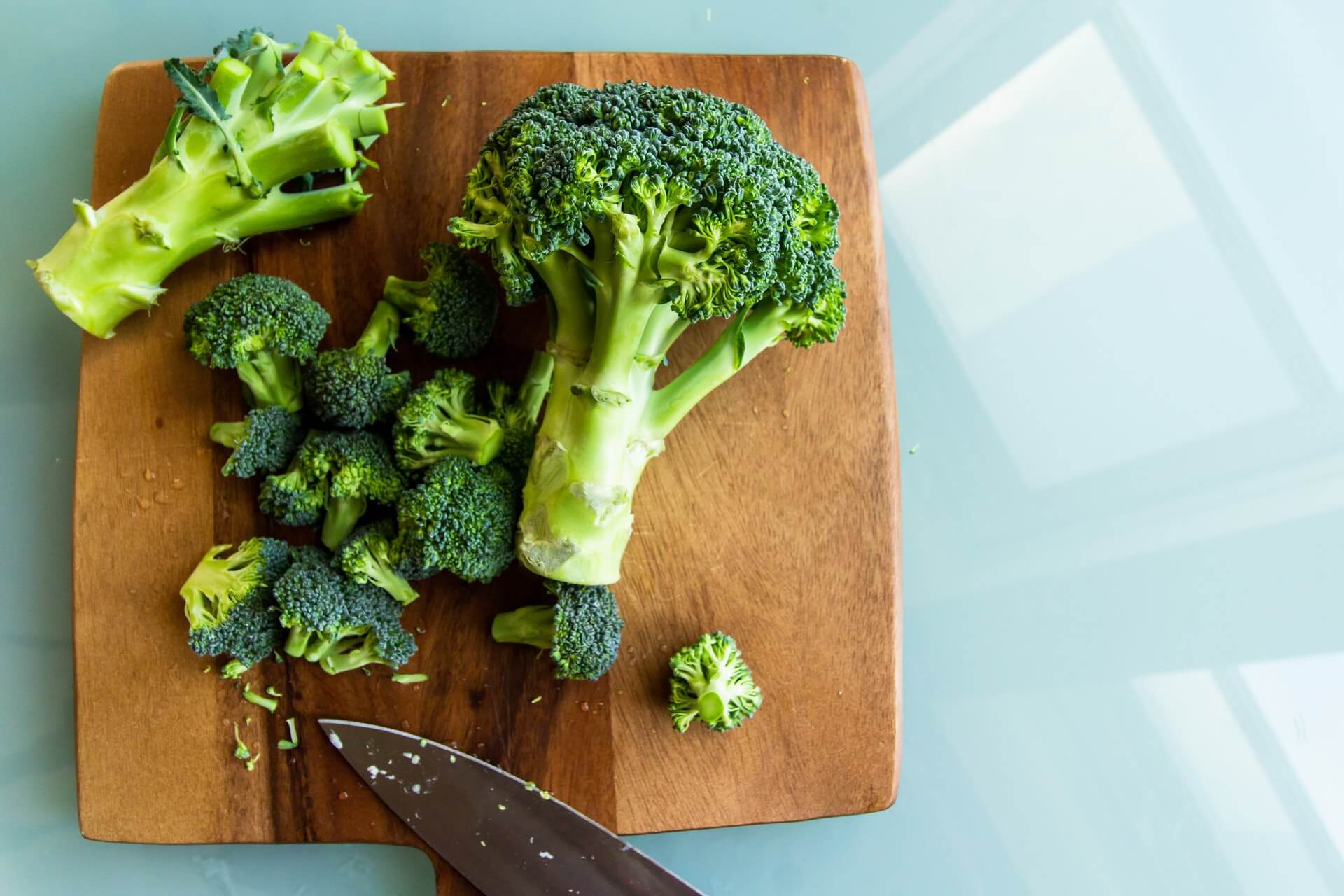People decide to reduce their carbs and do keto for a number of reasons. Some want to burn body fat, others wish to gain more weight, while there are also those who aim to build muscle. Certain individuals also use the diet to manage their blood glucose levels to avoid or reverse type 2 diabetes.
Instead of using carbohydrates as a fuel source, the keto diet uses dietary fat instead. This approach trains your body to run on its own stored fat while staying energized. So, what happens if you don’t eat enough fat on keto?
What Happens If You Don’t Eat Enough Fat on Keto?
Not having enough fat in your diet has consequences. Some of these include:
- Increased hunger. Dietary fat increases satiety, which helps reduce cravings or causes you to not overeat (1). So, if you’re constantly hungry on keto, you could be under-eating fat. This alone will make it hard for you to stick to keto long-term.
- Possible hormonal imbalances. Dietary fats help your body produce reproductive hormones like estrogen, progesterone, and testosterone (2).
- Poor absorption of vitamins A, D, E, and K. These are fat-soluble vitamins. Without the right amounts of fat, you won’t reap the benefits of these vitamins which include a strong immune system, good eyesight, healthy bones and muscles, and reproduction.
- Increased food cravings. Making sure that you eat fat keeps your body satisfied. The opposite is also true. A very low fat intake triggers unnecessary hunger and even unhealthy cravings, which can lead to excessive snacking, especially on calorie-dense but nutritionally void foods.
Although the amount of fat you eat does not affect ketosis, you won’t have enough energy to exercise and perform optimally without enough fat. It would also be more difficult for you to get properly adapted to the keto diet.
How Much Fat Should I Eat on Keto?
Fats should consist of approximately 55 to 60% of your daily calories. Other resources would also suggest a higher range of 70 to 80% which translates to 156-178 grams of fat per day. Here’s what that looks like:
- ¾ cup avocado +
- 2 tablespoons peanut butter +
- ½ cup almonds +
- 7 oz of New York strip steak +
- 8 pieces of bacon +
- 8 oz salmon
To get the exact number of grams of fat per day, we recommend using a ketogenic macro calculator. Because, if you don’t know your macros, you might make the mistake of undereating fats, or overeating them, which can lead to weight gain or a plateau — unless your goal is to increase your weight.
You won’t have to track macros forever, but knowing your numbers and being familiar with your serving sizes helps in providing structure to your diet. Plus, it’ll help you know what works and what doesn’t.
What Are the Fattiest Foods for Keto?
Not all fats are created equal, and it’s important to choose whole, nutrient-dense foods that support good health and will reduce your risk of disease. Make sure to fill your plate with these healthy fat options:
- Butter
- Olive oil
- MCT oil (medium-chain triglycerides)
- Lard
- Ghee
- Tallow
- Full-fat yogurt
- Fatty meat cuts (pork ribs, ground beef, chicken thighs, beef ribeye)
- Eggs
- Avocados
- Nuts and seeds
- Fatty fish
How Do I Increase My Fat Intake on Keto?
Some people aren’t sure exactly how they can fit more fat in their diet. If this is a challenge for you, below are 6 strategies to try.
1. Cook with fats
You can do this for every meal. Cooking with healthy fats is a convenient way to add more fat into your diet. Coconut oil, olive oil, and animal fat are food options. Just keep track of the amount you use. The benefit of cooking with fats is that they enhance the taste of your meals.
2. Eat fat bombs
If you’ve never heard of fat bombs, these are bite-sized snacks that are full of fat while being low in carbs. You can use fat bombs as treats, desserts, or a pre- or post-workout fuel source. The best part about fat bombs? They’re very tasty. In fact, we’ve made our own fat bombs using low-carb peanut butter and dark chocolate.
3. Make bulletproof coffee
Bulletproof coffee is a keto-friendly drink made with black coffee, butter, and MCT oil. You blend these ingredients together for a fat-filled, filling breakfast. Keto dieters love Bulletproof coffee because although it has zero carbohydrates, it’s satisfying.
4. Add fat to your beverages
If not bulletproof coffee, you can also try incorporating fat into your low-carb hot drinks. For example, adding whipped cream to hot cocoa or whipped cream to cafe Americano.
5. Snack on nuts
Take note that some nuts contain more carbs than others, so be careful. The best nuts that pack a fat punch while being low in carbs include pecans, macadamia nuts, brazil nuts, and almond nuts.
6. Use high-fat food toppings
Top your salads and meals with high-fat options like shredded cheese, ground sausage, sliced avocados, bacon bits, and flaked coconut. Have fun with it. These toppings do not only boost your fat intake, but they also add flavor and nutrients in any dish.
Bottom Line
Eating enough fat helps with your health and ensures that you thrive on the keto diet. You’ll want to avoid consequences of a low fat intake such as increased hunger and unhealthy cravings, and deficiencies in fat-soluble vitamins which leads to various health issues.
Remember that fat is your friend. Don’t be afraid to add it to your daily routine as discussed above. Another important thing to remember is to also focus on good fats coming from whole, natural sources.
References:
- Phinney S et al. Is fat the most satiating macronutrient?
- Better Health Channel. Dietary fat



